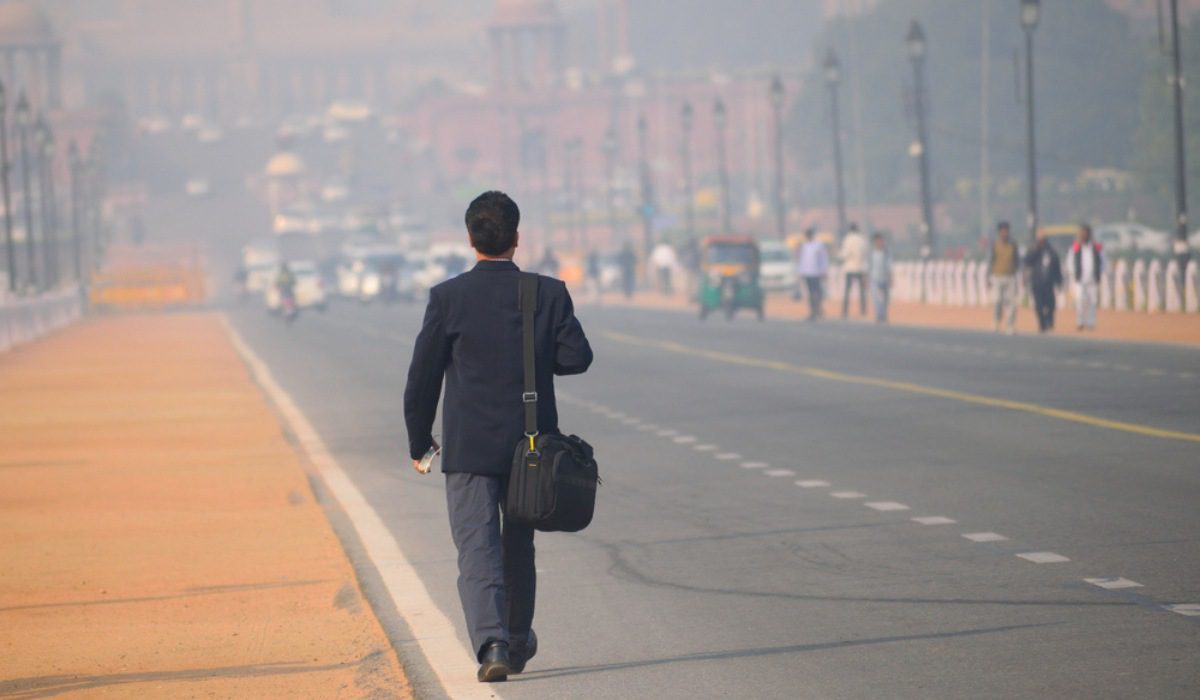Environment and air quality play a significant role when you are looking to buy a property. Environment directly impacts the quality of life and the health of residents. India, being one of the fastest growing economies, is grappling under pollution. Here is a list of the Indian cities that invariably feature in the list of the world’s most polluted cities.
See also: Best cities to live in India
Delhi
Delhi, the national capital of India, tops the list of the most polluted cities in the country. With a PM 2.5 concentration of 113 µg/m3 (micrograms per cubic meter air), Delhi’s air quality has been a matter of concern for its inhabitants and authorities for a long time.
Despite the implementation of several measures, such as the odd-even rule for vehicles, banning of firecracker sales, and shutting down of power plants, the city is still struggling to bring down air pollution level. The major contributors to Delhi’s bad air are dust, vehicular emissions, crop residue burning in neighbouring states, and industries. Homebuyers considering Delhi should be aware of these facts before making any investment.
Ghaziabad
The satellite city of Ghaziabad, Uttar Pradesh, which is also part of the National Capital Region (NCR), is the second most polluted city in India, according to the World Health Organisation. The PM 2.5 concentration in Ghaziabad is as high as 144 µg/m3. The demand for properties is high here due to its proximity to Delhi, but the pollution level is a serious concern.
The bad air in Ghaziabad is due to its numerous factories, open waste burning, and heavy vehicular traffic. Although, there is a strict pollution control law in place, but its enforcement is a major issue. So, prospective homebuyers are advised to know the pros and cons of investing in this city.
Kanpur
Kanpur, situated on the banks of the river Ganga in Uttar Pradesh, stands third in the list. The city’s primary sources of pollution include industrial waste, untreated sewage, and vehicle emissions. Despite the local authorities’ efforts to control pollution, the problem persists mainly due to inadequate infrastructural facilities. Poor waste management and rampant industrial activities significantly contribute to the deteriorating air quality. Homebuyers should be aware of these ground realities before making an investment here.
Faridabad
Another city in the NCR, Faridabad, has earned the dubious distinction of being the fourth most polluted city in India. The pollution in Faridabad is mainly due to its proximity to Delhi and Ghaziabad, and the industrial activities here.
Though it is developing rapidly with new housing projects, malls, and educational institutions, the air quality remains a concern. Homebuyers should be aware of the situation and understand the potential health risk associated with long-term exposure to the city’s poor air quality before making an investment.
Word of caution
While India’s rapid urbanisation and industrialisation have significantly contributed toward its economic growth, they have also resulted in increased pollution levels in numerous cities. Delhi, Ghaziabad, Kanpur, and Faridabad are some of the most polluted cities in India.
If you are considering buying a property in any of these cities, be aware of the potential health hazards associated with poor air quality. It’s crucial to compare the benefits of convenient location, job opportunities, and social infrastructures with the detrimental effects of pollution on health. As responsible citizens, we must also collectively work towards finding solutions to combat pollution, making our cities clean, liveable, and sustainable for future generations.
FAQs
Why is air pollution level so high in Indian cities?
Air pollution level is high in Indian cities primarily due to vehicular emissions, industries, and burning of fossil fuels.
How is the air quality index (AQI) measured?
The AQI is measured based on the concentration of pollutants in air. This includes particulate matter, sulphur dioxide, nitrogen dioxide, carbon monoxide, and ozone.
What is the health impact of living in a polluted city?
Living in a polluted city can lead to a range of health issues, including respiratory problems, heart diseases, strokes, and lung cancer.
Which Indian cities have the worst water pollution?
The cities with the worst water pollution in India are generally those witnessing heavy industrial activity, like Kanpur, Delhi, Mumbai, among others.
What are the government's initiatives to combat pollution?
The government has launched several initiatives to combat pollution. These include the National Clean Air Programme (NCAP), the Swachh Bharat Abhiyan (Clean India Campaign) and strict emission norms for vehicles and industries.
| Got any questions or point of view on our article? We would love to hear from you. Write to our Editor-in-Chief Jhumur Ghosh at jhumur.ghosh1@housing.com |






